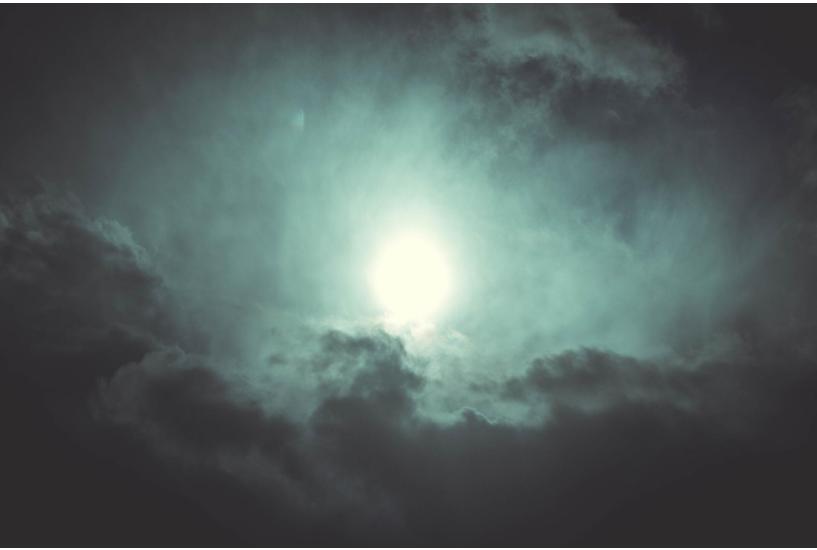Why Believe in the Afterlife?
by Jean Jacques Charbonier, M.D., author of 7 Reasons to Believe in the Afterlife
People often ask me, “Doctor, you said that you are convinced of the existence of the hereafter. Do you have at least one good reason you can give to back that up?” Or: “I know you have written several books on life after this life. I’m looking for a book that isn’t full of medical terminology and is not too hard to read, and which I can give to someone who is very open to all these things but hasn’t read anything about them. What title would you advise?”
These frequently asked questions led me to write my book, 7 Reasons to Believe in the Afterlife. I was looking for a text that would be as simple and concise as possible. I also wanted it to provide answers—for an uninitiated readership—to classic questions from a novice; a book that could also answer questions from most of the skeptics and materialist detractors who consistently assail me through the Internet and the media.
I have sought out the best arguments to support the existence of a hereafter and I have found seven of them—seven phenomena that are unfortunately quite unknown, disputed by many people, and yet irrefutable—seven stunning proofs that are difficult to counter. For each one of them I have provided space for their detractors to speak so that I may expose the weakness of their reasoning and show that such reasoning easily crumbles in the face of the logic of a rigorous and objective analysis. Belief in a hereafter transforms life. Material values fade and are no longer a priority; fear of death disappears; happiness becomes synonymous with love and spirituality and—because of this, it seems much more accessible.
In this lower world dominated by money, however, we are egoistically driven to desire to accumulate material riches while disregarding everything else. And certainly it is because of this that there are so many unhappy people in our Western society. We no longer talk to each other in depth and meditation is considered a waste of time! It seems indeed to be atypical, in this materialistic culture, to value giving love to others by taking full advantage of the fortuitous instances of a random encounter, or at any particular moment to indulge in a walk in nature or an opportunity to have a prolonged conversation with a friend or a stranger who we happen to run into by chance.
A belief in the hereafter is capable of shifting this paradigm for, as I explore in my book in depth, a transcendent modification related to a belief in the hereafter takes place in 18 percent of the people who have a heart attack and in all people who have a sincere, real faith in God. Belief in a hereafter also has the advantage of improving health. In fact, the positive effect of faith and prayer on sickness has attracted the attention of numerous physicians. A survey published in the November 10, 2003, issue of Newsweek revealed that a faith in God strengthens morale and promotes an easier and quicker return to good health after a serious illness. In the same study, it was found that 72 percent of Americans think that prayer helps one to heal better by fostering an early recovery. Work conducted at Rush University in Chicago, as well as research at the University of Michigan, showed that depression and psychosomatic illness linked to stress occurred less frequently in believers, and the mortality rate of young adults was reduced by 25 percent in those who believed in life after death. Duke University in North Carolina determined that this same rate decreased 30 percent in heart patients in the year after a serious operation if these patients practiced prayer.
These scientific studies only confirm what many of us have believed for years: Belief in the existence of a hereafter provides a greater resiliency and buoyancy in the face of life’s challenges and, at the same time, diminishes the serious physical repercussions connected with stress, anxiety, and fear.
As a sample of what I explore in my book, I’m going to share an excerpt from my chapter on the First Good Reason to Believe in the Afterlife: the 60 million people who have come back from the dead. I invite you now to travel with me on this journey to the other side. It may change the way you view all that you have come to know thus far.
The 1st Good Reason: Sixty Million People Who Came Back from the Dead
Right after my heart stopped beating, I left my body. I was at the ceiling and I saw everything—I watched all the details of my resuscitation. I wanted to shout at the people who were trying to bring me back to life to leave me alone, to let me leave, but they couldn’t hear me. I felt really great and didn’t have the slightest desire to return to my body. Then I moved into a tunnel. I was bathed in a light of unconditional love and my happiness was indescribably powerful. I saw once again my whole life in great detail and in fast-forward. I felt the good and the bad that I had done to others.
I met a light being of infinite goodness who asked me what I had made of my life and what I had done for others. My deceased parents came to welcome me and to say that I had to go back to my body because unfortunately I could not stay with them no matter how badly I wanted to. They showed me a boundary, which was a limit that I was not to cross. At the moment that I came back into my body, all my earthly pain came back and I was terribly sad to leave this marvelous light.
I am now very happy because I know that there is life after death and that one day I will be once again in this light of love. I also know that, on this Earth, the most important thing is to know how to love and help others. This experience has turned my life upside down. Nothing will ever be the same as before.
Journeys toward the Hereafter
During twenty-five years of practicing intensive care medicine, I have been able to gather several hundred accounts of patients who returned from clinical death. The text of the preceding material has been pieced together by condensing and synthesizing these accounts; it is a kind of summary that brings together the main elements of these remarkable journeys to the hereafter. The event sequence described is almost always the same, and this is true regardless of culture, philosophy, geographic location, and religion.
There is no one factor that determines who will undergo this experience. Age, sex, social standing, belief system—none of these bear on the specific predisposition to undergo this extraordinary experience. At the same time, each story is unlike any other story because each person has their own expression of the experience, with their own sensitivity and culture. Nevertheless, numerous elements recur in the stories I was able to collect, leading one to imagine that, with very few exceptions, the route is always the same.
It’s as if a young Inuit, an elderly American woman, and a gentleman from Senegal in his fifties each went on a trip to Venice, Italy, and then relayed their accounts. Their stories would be very different but, all in all, we would be able to make out rather quickly that the three persons had visited the same city. For example, a child who had suffered cardiac arrest said, in describing a being of light, that he had seen “a tall man who was lighting himself up all on his own.” Some people meet Jesus Christ, others Buddha, the Virgin Mary, or the Prophet Muhammad. The divine personage seen in the light changes according to one’s belief system and religion.
One element is found consistently in one hundred percent of the cases: For those who have had this experience, they know that life continues after death and the hereafter exists. They are intimately convinced of this and nothing or no one is able to change their mind. One such person said to me one day: “Even if a scientist manages to prove through logic that my experience was only a hallucination, I would not believe him for an instant because I am certain deep down that what I experienced that day was totally real—it had nothing to do with a dream or a hallucination!”
According to the latest statistical studies, there are at least 60 million people who have had this transcendental experience following cardiac arrest: 4 percent of the population of the West (12 million Americans, 2.5 million French). There are fewer cases in areas of the world where facilities for resuscitation don’t really exist. It’s very likely, however, that, as these accounts become better known, we will very quickly see an increase of them.
It must also be said that in a small number of cases, ventures into the hereafter are experienced in a way that isn’t all that pleasant or marvelous. Several studies have been carried out to try and understand why certain individuals have a brush with hell instead of paradise and, in these cases as well, no predictive factor seems to emerge.
The Experience is Not a Hallucination
Today the majority of scientists still assume that the transcendent experience must result from a hallucinatory phenomenon produced by a failing brain that has been deprived of oxygen and has a surfeit of carbon dioxide. These skeptics suggest that a deficit of oxygen in a poorly supplied occipital lobe of the brain can provoke visions of points of light that resemble the end of a tunnel, and that metabolic disturbances provoked by a prolonged cerebral hypoxia (a lack of oxygen) will give rise to sensations of intense pleasure by activating morphine receptors. As for the sensation of leaving the body, (according to them) it can be induced by the stimulation of a precise area of the brain: the right angular gyrus. This is a coherent explanation—even though totally invented—which sees all the fleeting sensations perceived during an NDE integrated with multiple memories from one’s life, and the whole being spontaneously reconstituted by the brain once it recovers its autonomy.
These explanations don’t stand up to scrutiny for very long when you have a thorough familiarity with near-death experiences. Let’s look at this rationale in more detail now.
Oxygen Deficit and Surplus of Carbon Dioxide
We know that hypoxia (again, a lack of oxygen) and hypercapnia (an excess of carbon dioxide) produce fairly typical specific clinical indicators that include slow thinking, irritability, difficulty concentrating, and memory issues—in short, behavior that is in sharp contrast with the perception of mental clarity experienced by people undergoing a NDE.
Dr. Pim van Lommel is a cardiologist in Holland who has devoted a great deal of his time to the study of NDEs. He reported the very interesting case of a man whose levels of oxygen and carbon dioxide in the blood were measured following a cardiac arrest and at the precise moment of the NDE. Although the patient seemed completely unconscious, he clearly “saw” the doctor introduce a needle in his femoral artery in order to analyze the gases carried in the blood. The results of this examination were perfectly normal; there was no hypoxia or hypercapnia. The fact that this examination took place at the exact moment of the NDE—since the patient was at that moment outside his body observing what was transpiring—shows very clearly that NDEs are not the result of a lack of oxygen or an excess of carbon dioxide.
Regarding the enveloping light of love that is experienced by those undergoing a NDE, skeptics claim that the vision of a point of light induced by a poorly supplied occipital lobe creates an image that looks like an old television set with a CRT (cathode ray tube) screen that has just been turned off; the intensity of a luminous spot gets bigger quickly and then gradually decreases before disappearing completely. However, one need only interview those brought back from death to realize that the appearance of a CRT screen being turned off has absolutely nothing in common with the accounts of an indescribable light of love bursting forth at the end of a tunnel. That light is increasing in intensity and volume. It never looks like a luminous flash that fades little by little.
Blind Persons’ NDEs
Another argument to refute the hallucination theory: blind people are able to provide visual information about their resuscitation. Whether their handicap is congenital or acquired, they are able to see for the first time or see once again during their NDE. Several researchers have pored over this incomprehensible scenario without being able to provide any explanation for it. How might it be possible to see without eyes?
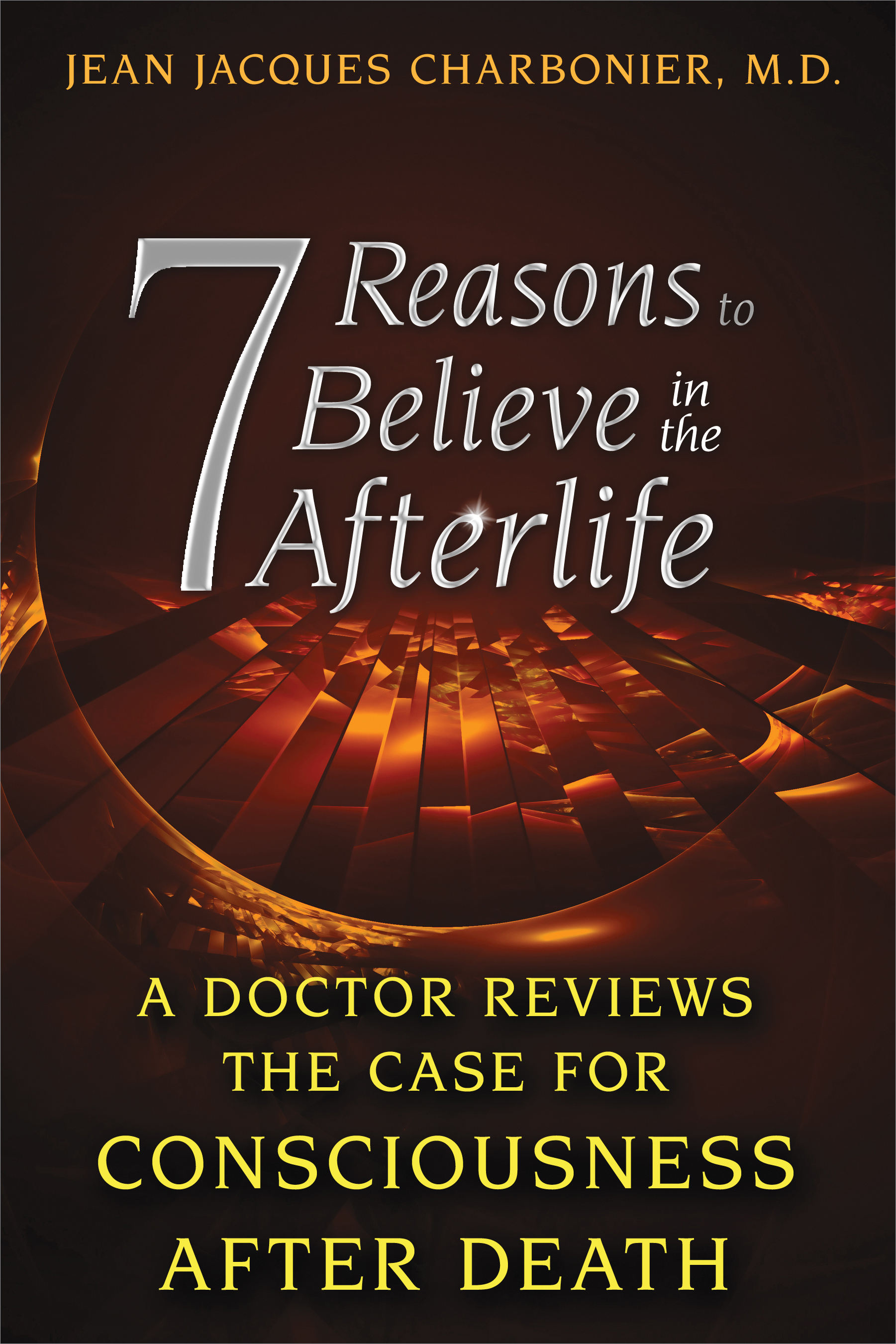 |
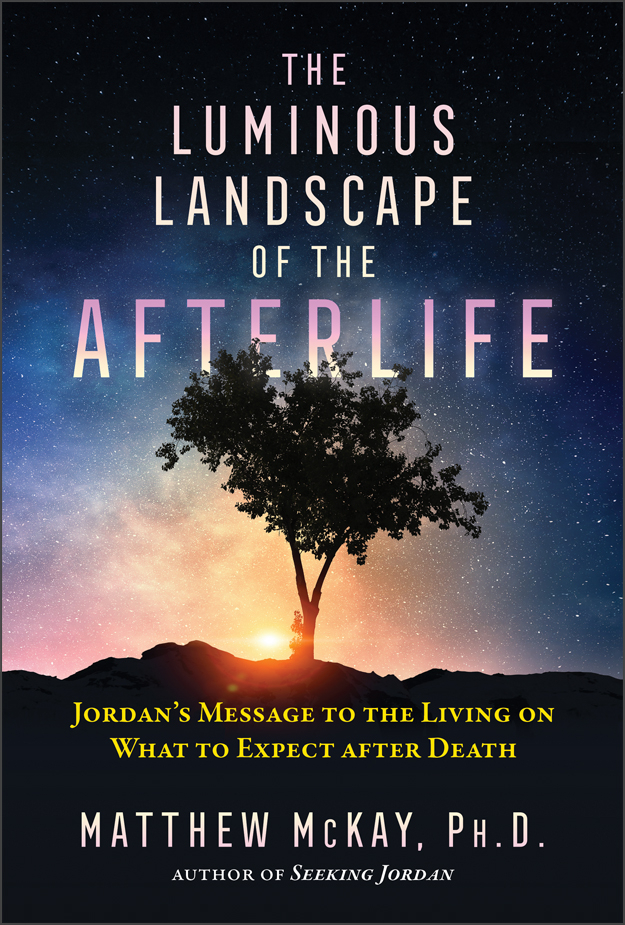 |
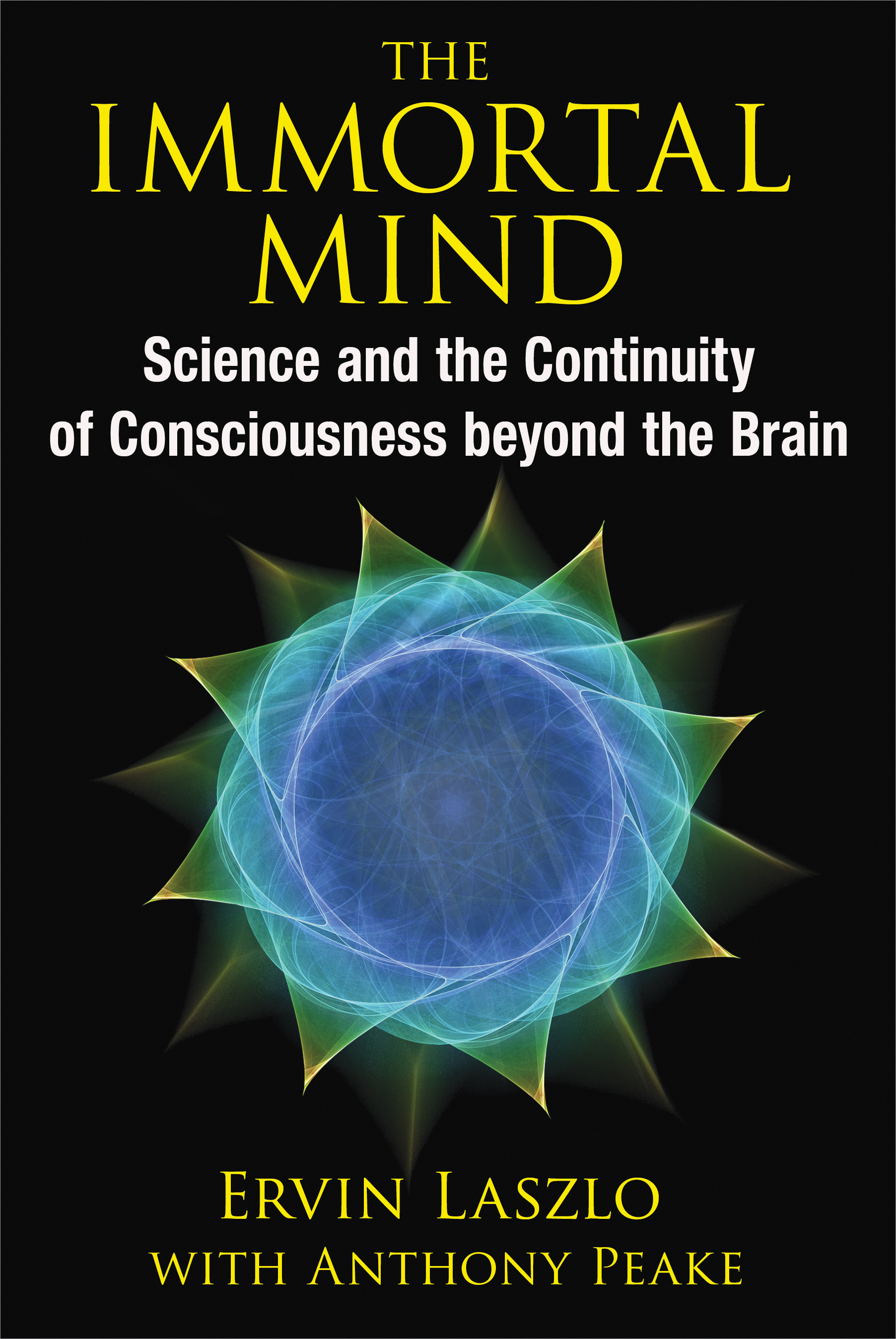 |
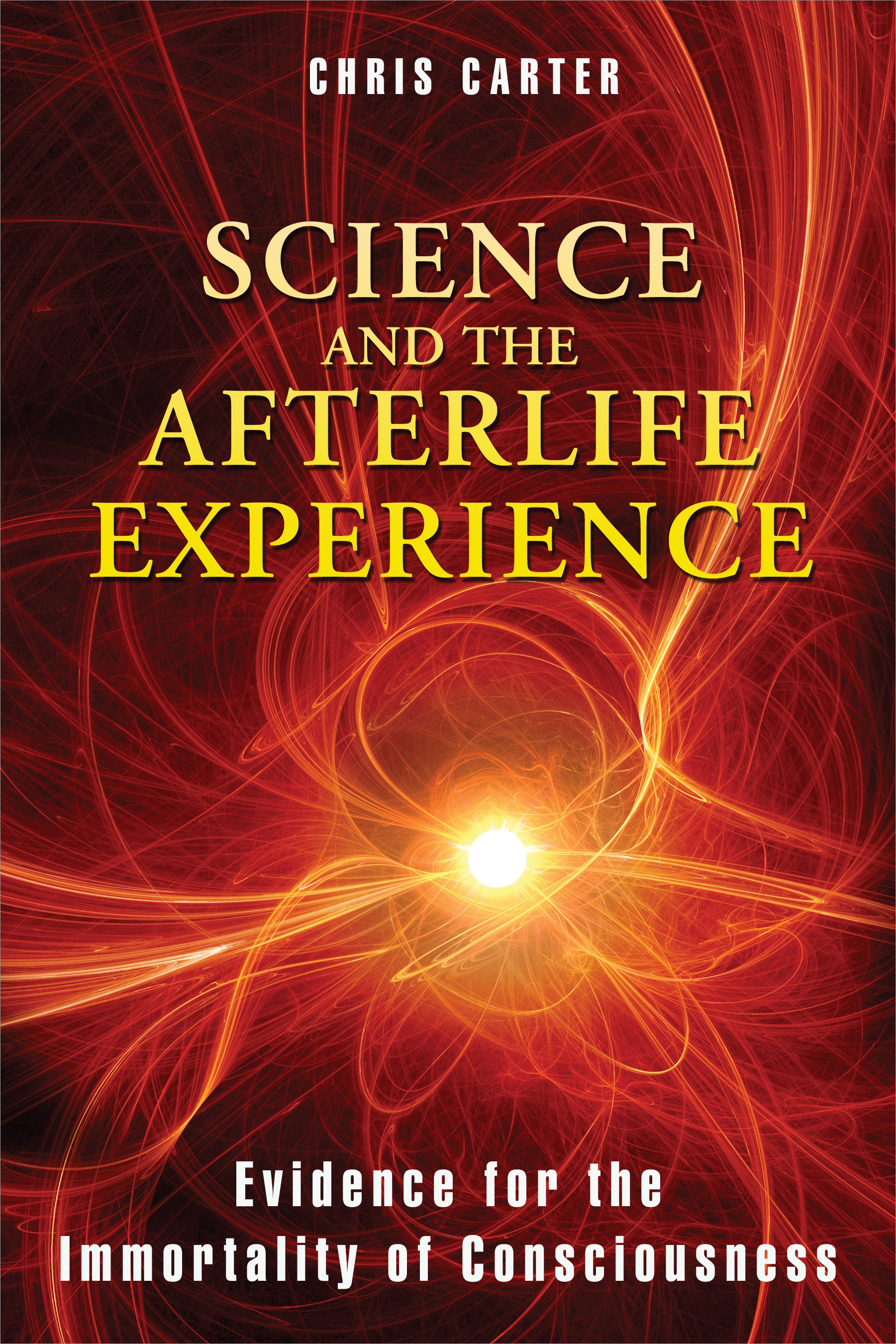 |
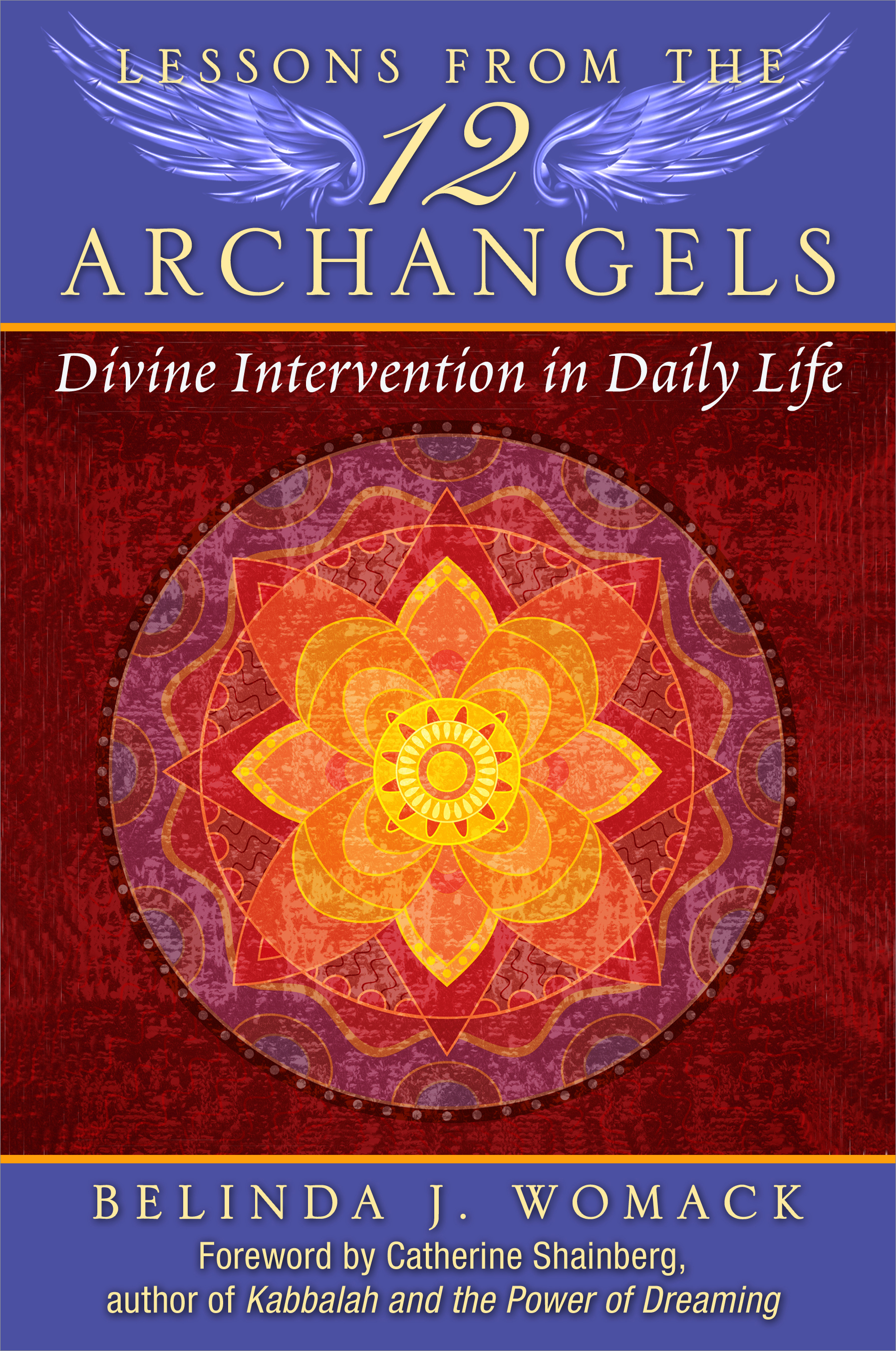 |


